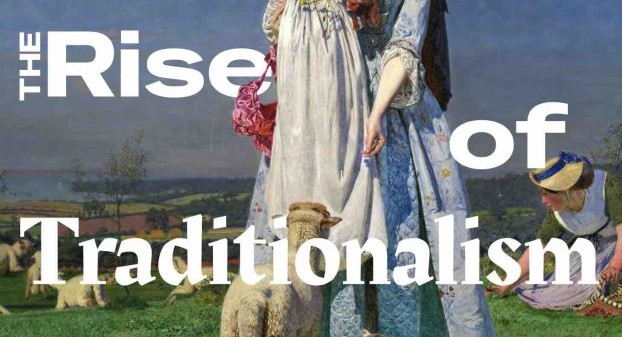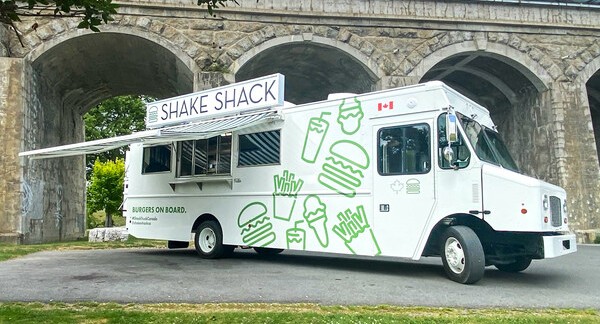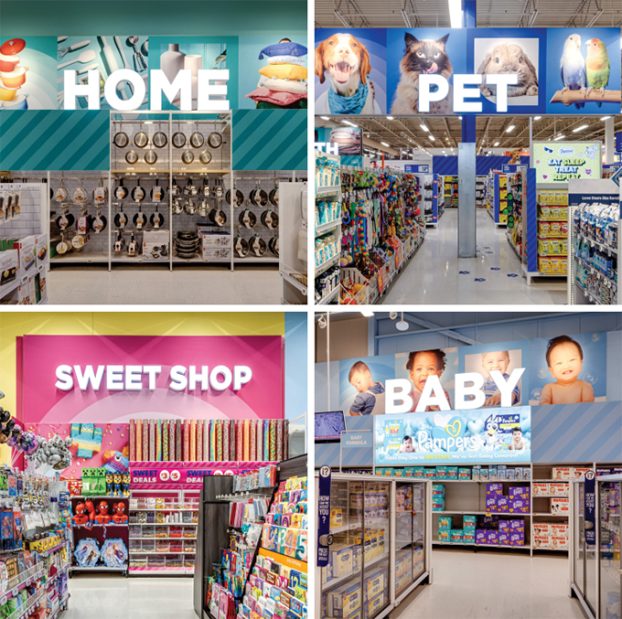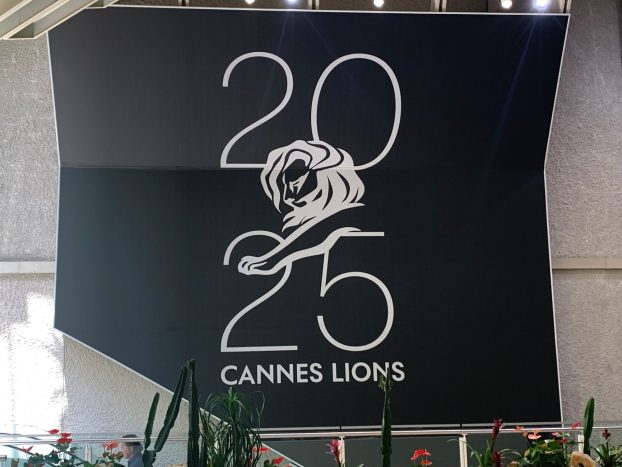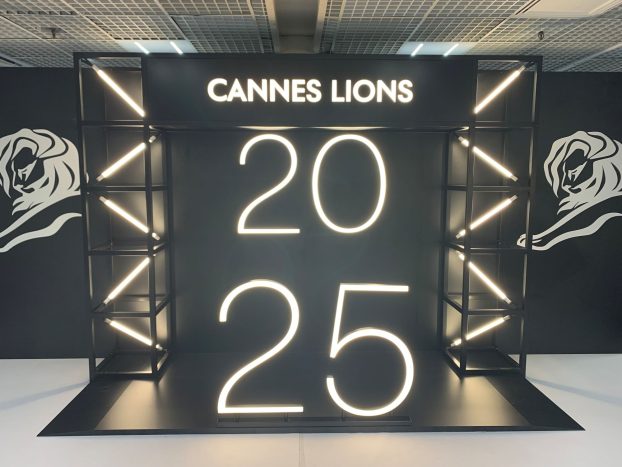
New Canadians and next gen Canadians have a low value perception of private label.
This is one of the insights from Numerator’s “Connecting Canadian Population Trends to Purchase Behaviour.” According to the numbers from the first-party consumer data firm, which were gleaned from shopping behaviours of 65,000 monthly omni-panel users, new Canadians have negative perceptions and are less likely to switch to private label even to save money, while next gen Canadians (aged 11 – 26) have a “very poor” perception of private label.
New Canadians
This demo strongly prefers branded over private label, and is more likely to perceive private label as “average” and “poor.”
The group embraces bulk and value, and spends a larger percentage of shopping in mass and club compared with other shoppers. It also perceives itself as more quality motivated than the average Canadian consumer.
New Canadians’ buy rates are lower across most sectors, under-indexing particularly in pets but over-indexing on baby products, both in buy rate and proportion of dollar spend, because 62% of this demo has kids – considerably higher than other demos.
Next gen
Brands need to know that one-fifth of this demo are still students, over-indexing on being employed part-time, 36% TikTok penetration rate and less purchasing power. However, their financial situation is improving versus a year ago.
Next gen consumers comprise a group that is highly concerned about the economy, and far less loyal to brand and retail.
In fact, the group is more likely to cite quality and availability, rather than price, as a factor driving them to switch brands. For retail, next gen consumers are more likely than other consumer demos to switch brands based on assortment.
This group over-indexes on health and beauty products versus other shoppers.
There is not a lot of major shifting between channels, but there is a propensity to switch away from channels like liquor, mass and drug.
Boomers
According to Numerator data, the group makes more in-store trips and has smaller basket sizes. For brand marketers, this means there are more opportunities for retail conversion and shopper marketing, with specific branded activations.
However, the report also acknowledges that pre-store communication is key too: unlike other demos, paper flyers are effective when targeting boomer buyers.
According to the numbers, 48% of boomer shoppers keep a close eye on budget, while 56% check ads. This is a group that over-indexes on private label spend, and in a couple of categories in particular: pain relievers and multivitamins. Brand manufacturers in that space need to be acutely aware of this, and convey quality benefits if they wish to compete.


